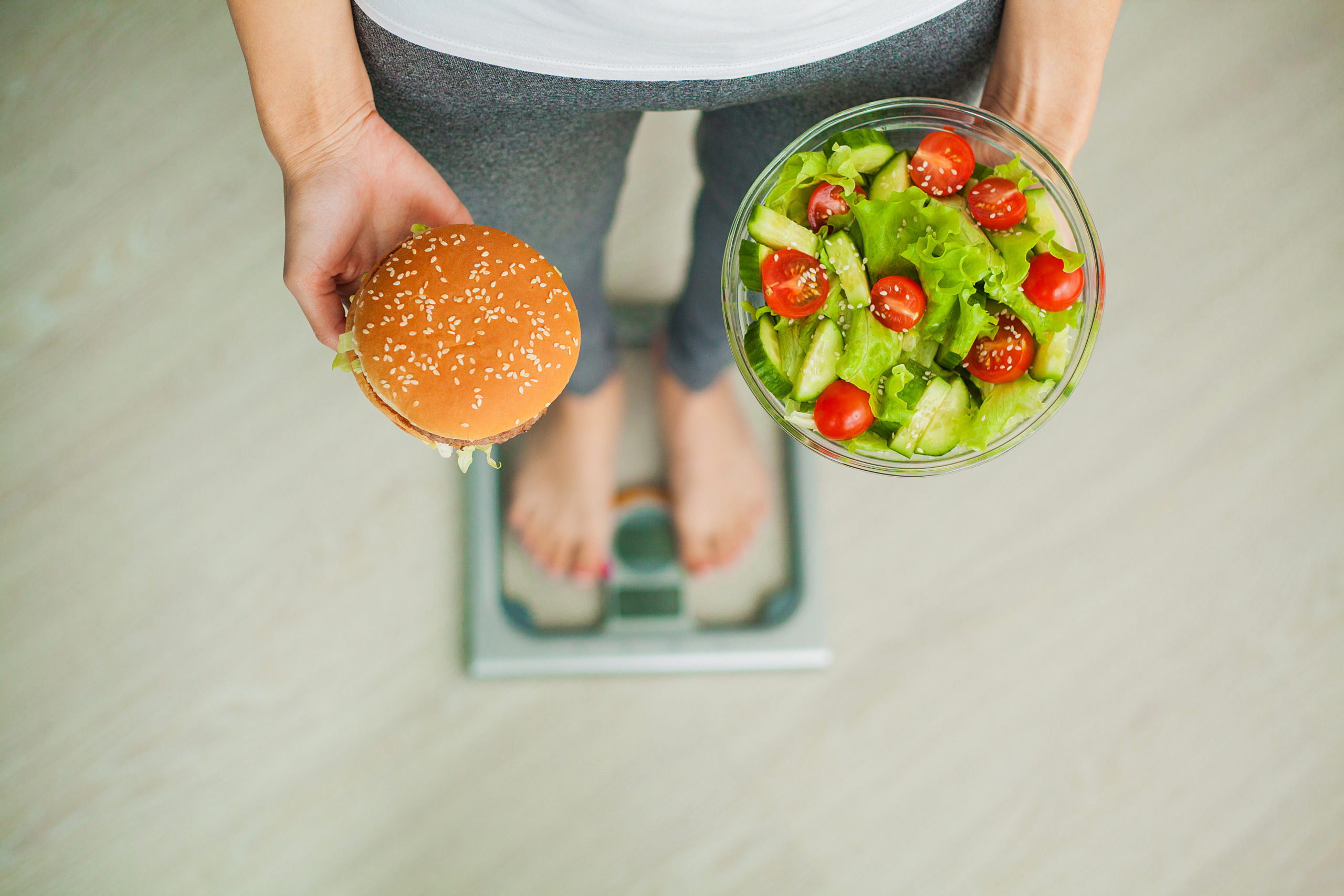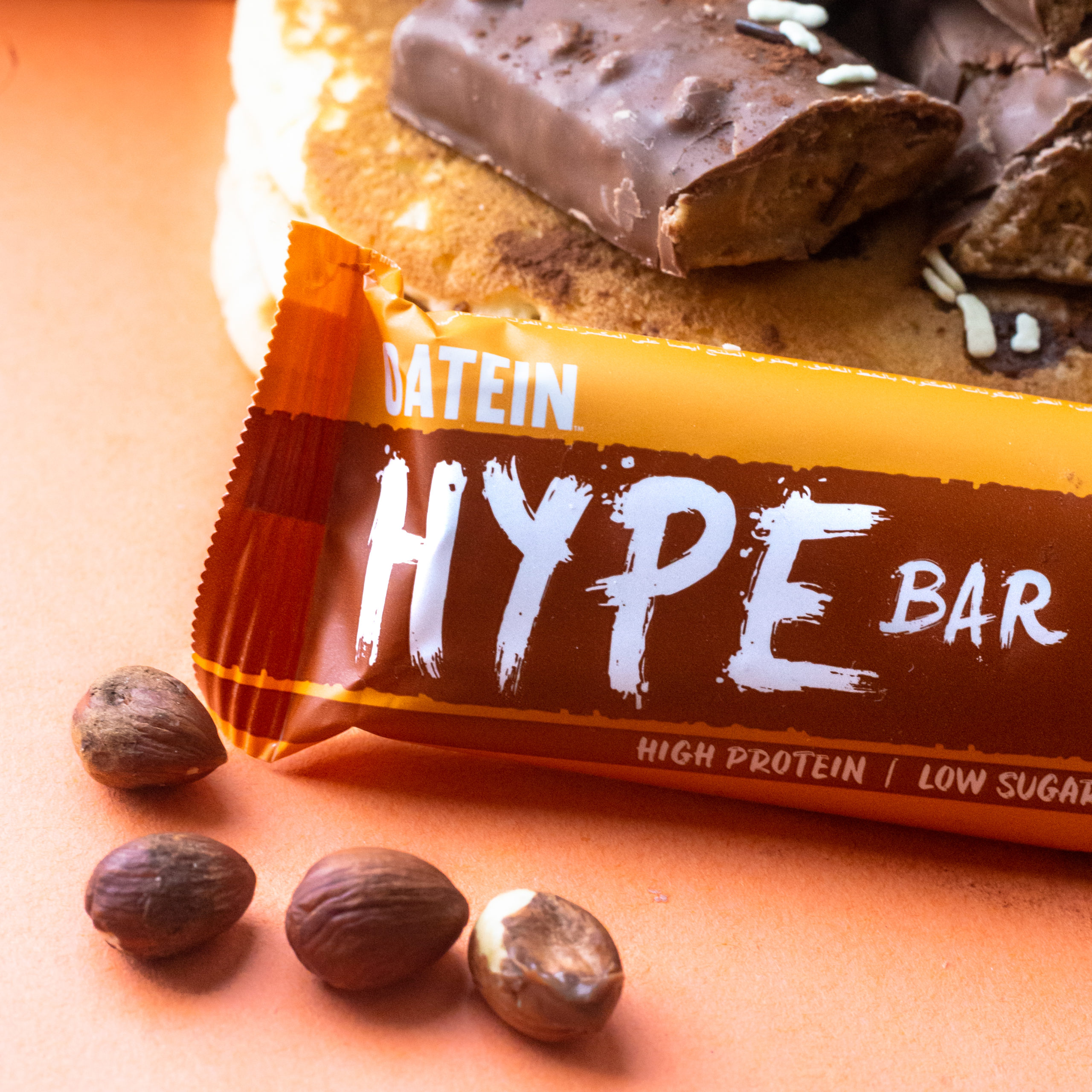All the food that we eat has some kind of nutritional value, whether it's low sugar snacks and healthy protein bars to a pina colada, they all have some kind of effect.
The impact of food on our blood sugar levels is rated by a GI-index rating, or glycemic index. Studies have shown that a low GI-diet could lead to weight loss while also reducing the risks associated with heart disease and type 2 diabetes. Carbohydrates are the only macro-nutrient which effects our GI-levels.
Glycemic Index - What is it?
Foods such as bread, fruits, vegetables and dairy products all play a role in leading a healthy diet and they all contain carbohydrates. When carbohydrates are consumed, the digestive system breaks them down into simple sugars that then work their way into the bloodstream. Different types of carbohydrates are processed by our body in different ways and depending on their make up can leads to dramatic spikes in our blood sugar levels, which is generally speaking, to be avoided unless you're engaging in hard exercise.
As a result, the glycemic Index is a way of measuring foods and how they affect blood sugar levels. So, the rate at which different foods increase blood sugar levels are compared to the absorption of 50 grams of pure glucose and this is used as a reference food and has a GI value of 100.
There are three GI Ratings:
- Low - 55 or less
- Medium - 56-69
- High - 70 or more
Lower GI value are digested more gradually and absorbed slowly, resulting in a lower increase in blood sugar levels. In contrast to this, foods that have high value are digested quickly and absorbed quickly causing blood sugar levels to rise rapidly.

What is important to remember is that foods that contain carbohydrates will be given a GI value. Therefore, those foods that don’t contain carbohydrates such as chicken, fish, eggs and beef won’t be found on the list.
Why are low GI Foods Important?
Foods that have a low GI score are slowly absorbed. They keep us feeling fuller for longer and provide a release of energy over a longer period of time. Not only that, but instead of having that rapid increase in blood sugar, the levels increase slowly which means that there is no horrible sugar crash afterwards.
Further, if high levels of sugar in your system aren't used quickly as a source of energy (during exercise!) they'll get converted into fat. Who wants more fat? No one, that's who.
GI foods are also important to people who suffer from diabetes. Because diabetes is directly linked to your blood sugar levels, those who suffer from it are unable to process sugars effectively and need to pay considerable attention to the food their eating and it's GI-Index
Many studies have taken place that have shown that consuming low GI foods when suffering from diabetes can help to maintain the condition. While diets that are high in GI foods can increase the risk of developing type 2 diabetes by as much as 8-40%.

A diet that contains lot's of low GI foods can also bring with it an array of other health benefits.
A low GI diet can help to reduce cholesterol by almost 10% as well as LDL cholesterol by almost 9% which is the type of cholesterol that is linked to heart diseases and stroke. if you're looking to lose weight, a low GI diet can help you lose and manage weight in a healthy, controlled way.
There have also been studies carried out that might indicate that people who consume a high GI diet are more likely to develop heart disease than those who consume low GI foods.
What are the best foods to eat on a low-GI diet
For those who choose a diet that contains low GI foods, there is no requirement for counting calories, protein, carbohydrates or fat. In its simplest form, it involves swapping foods that are high for foods that are low GI alternatives.
There is a wide range of foods to choose from, offering variety and choice, ensuring that it is easy to stick to.
This can include:

- Whole grain, multi-grain and rye bread.
- Porridge with rolled oats and all-bran cereals
- Apples, apricots, peaches, plums, kiwis and pears
- Carrots, broccoli, celery, tomatoes and cauliflower.
- Vegetables that contain starch including sweet potatoes, corn and a variety of potatoes
- Lentils, chickpeas, baked beans and kidney beans
- Rice noodles, pasta and soba noodles
- Basmati rice, brown rice and long-grain rice
- Quinoa, barley and buckwheat
- Milk, cheese, custard, soy milk and almond milk.
- Low Sugar Protein snacks - like HYPE Protein bars
Foods that contain little to no carbohydrates, such as meat and fish don't impact your GI-Levels
What Does it All Mean?
Effectively, low GI foods are perfect for those who are looking to make a healthy change to their diet. Slowly digested and absorbed while slowly raising blood sugar levels, they are great for those who are looking to feel fuller for longer while also benefiting from foods that are wholesome and healthy.
That said, a lot of the foods we love most (anything with lots of sugar), have extremely high GI-levels. Ultimately, you aught to reduce the amount of these foods you consume, but don't be afraid to treat yourself occasionally!
With several potential health benefits, they are also great for those who suffer from diabetes or those who want to reduce the risk of developing a range of diseases.

